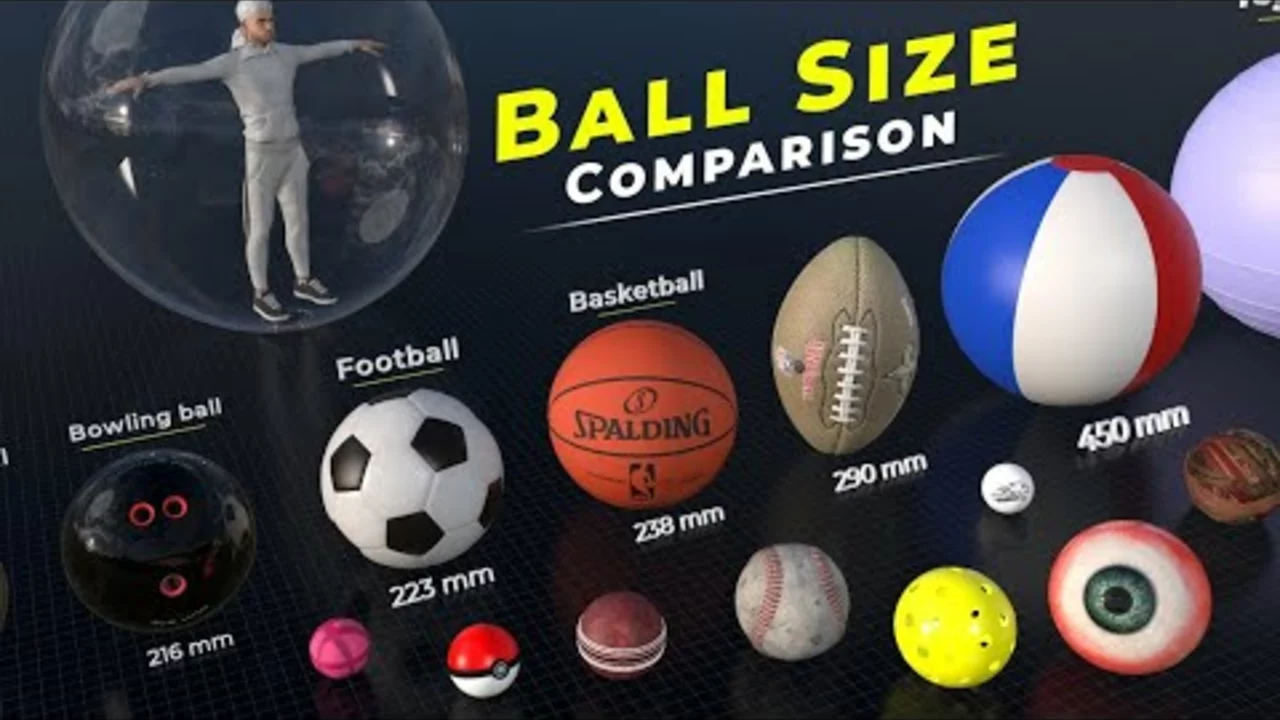Quantity: Numbers That Shape Soccer News and Gear
When you think about soccer, numbers are everywhere – goals, tickets, jersey stock, even the cost of a pair of shoes. Knowing the right quantity can help you plan a night out, stock a shop, or simply understand a match. Let’s break down the most useful numbers you’ll run into on Euro Soccer Scoop.
Ticket Quantities and Pricing
Big concerts and big games both hinge on how many seats are sold. Take The Weeknd’s Wembley run in August 2026 – five nights, over 80,000 tickets each night, and prices ranging from $139 to $1,200. If you’re scouting a football match, look at the same kind of data: average price, total capacity, and how fast tickets sell. Quick tip: when a match is sold out in under an hour, secondary‑market prices will jump, so buying early saves cash.
For clubs, ticket quantity also drives revenue. A second‑division side that fills a 20,000‑seat stadium at 70 % average occupancy makes more from concessions than a top‑flight club that only hits 50 % of a 60,000 venue. So, when you read a news piece about a club’s finances, check the attendance figures – they tell the real story.
Gear, Jerseys and Game Stats
Ever wondered how many soccer jerseys get sold each season? Wholesale buyers hunt platforms like Alibaba and eBay, looking for bulk orders of 500, 1,000 or more. If you’re a retailer, ordering in larger quantities usually shaves 10‑15 % off the unit price, but you need storage space and a reliable sales forecast.
Expensive shoes? The price tag often reflects technology, not talent. A pro might spend $250 on boots, but a youth player gets the same ball control from a $75 pair. The key is fit, not just cost – try a few models before you invest in a whole box.
Game length is another quantity fans care about. A typical football broadcast runs about three hours, with 90 minutes of play, a 15‑minute halftime, and roughly 30‑40 minutes of stoppages and commercials. Knowing this helps you schedule your day around a match without surprise overruns.
Finally, goal counts matter. In the Slovenia‑Sweden World Cup qualifier, a 2‑2 draw hit the “over 2.5 goals” betting line and kept both teams in contention. When you see a preview, check each team’s recent goal averages – they’re a solid indicator of what to expect.
Quantity isn’t just a boring statistic; it’s the pulse of the sport. From how many tickets you can buy, to how many jerseys you should stock, to how many goals are likely, the numbers guide fans, sellers, and clubs alike. Keep an eye on the figures, and you’ll always stay a step ahead in the soccer world.

How many different sizes of soccer balls are there?
In the world of soccer, there are five different sizes of balls to suit various age groups and events. Children under eight years old usually play with a size 3, while those aged between 8 and 12 use a size 4. Teenagers and adults typically use the size 5 ball, which is also the official size used in professional soccer. Additionally, there are smaller sizes, 1 and 2, mainly used for promotional purposes or skills training. It’s interesting to see how the ball sizes cater to different needs in the soccer community!
Read more